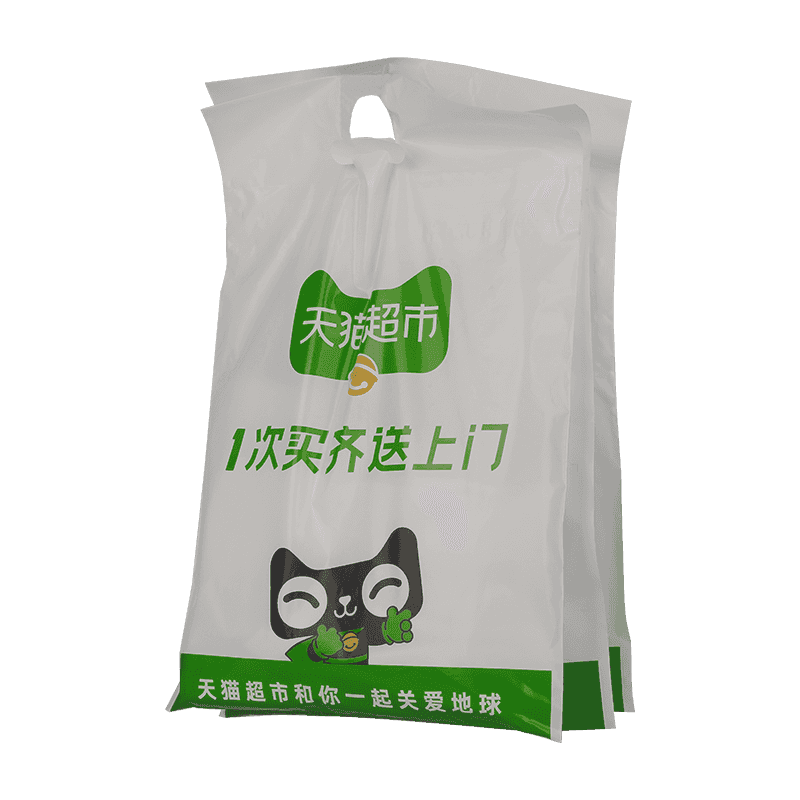Material Innovation in Packaging: Why PE/PBAT Blends Are Reshaping Hanging Delivery Bags
In the fast-moving world of delivery logistics, material innovation has become just as critical as product design. Among the most talked-about advances today is the shift from conventional polyethylene (PE) to more sustainable composite materials like PE/PBAT. For businesses that rely on packaging to maintain product integrity and brand image, especially in applications like hanging deliver bags, understanding this evolution isn’t just helpful—it’s essential for making smarter purchasing decisions.
PE, known for its flexibility, strength, and cost-efficiency, has long been the backbone of delivery packaging. However, its environmental impact has prompted growing concern across industries. Enter PBAT—polybutylene adipate terephthalate—a biodegradable polymer that can be blended with PE to reduce long-term waste. When used together, the PE/PBAT combination retains the structural benefits of PE while significantly improving environmental performance, especially under industrial composting conditions. This makes it a forward-thinking solution for businesses aiming to align with sustainability goals without compromising on product quality.
The technical behavior of these materials in hanging delivery bags is particularly noteworthy. These bags must carry varying loads, endure multiple handling stages, and maintain shape under pressure. PE provides the mechanical strength and resilience needed for these tasks, while PBAT adds flexibility and degradability, making the bags suitable for single-use scenarios that still demand environmental responsibility. The result is a durable-yet-disposable product that reflects both practical needs and modern values.

From a manufacturing standpoint, PE/PBAT blends open up new design possibilities. The film can be extruded and sealed using conventional equipment, keeping production costs within a reasonable range for high-volume orders. At the same time, the material can be customized in terms of thickness, transparency, and printability—key aspects for businesses looking to create visually appealing, brand-consistent packaging. For example, vivid four-color printing on these bags is easily achieved, giving companies a unique edge in visual marketing while staying eco-conscious.
As customer expectations shift and environmental regulations tighten, suppliers must stay ahead of the curve. PE/PBAT-based hanging deliver bags allow businesses to meet growing demand for eco-friendly options without sacrificing operational efficiency. They are especially valuable for fast-paced industries like supermarkets and express delivery services, where speed, convenience, and waste reduction all carry weight. For procurement managers, making the switch to PE/PBAT blends can even serve as a strategic step toward meeting internal ESG targets.
That said, the adoption of PE/PBAT also invites thoughtful planning around storage, usage, and disposal. While these materials offer partial biodegradability, the full benefits are realized only under specific composting conditions—not in landfills or natural environments. Clear labeling, disposal instructions, and integration with green logistics practices are essential for maximizing impact. As suppliers, we work closely with clients to ensure these implementation details are fully supported.
Ultimately, choosing the right material for your hanging delivery bags isn't just about meeting today’s logistics challenges—it’s about building packaging strategies that stand up to tomorrow’s demands. By leveraging PE/PBAT innovation, businesses can lead with both efficiency and responsibility. As manufacturers who prioritize performance and planet, we’re proud to offer solutions that help our clients deliver better, smarter, and greener.

prevNo previous article
nextHow Biodegradable Mulch Film Improves Crop Yield and Quality Through Smart Soil Management



 English
English 中文简体
中文简体 Español
Español
















